What is the tolerance range of precision screws?
What is the tolerance range of precision screws?
Service Hotline
+86760-8787 8587We have more than ten years of experience in screw industry production, the main products are: outer tongue gasket, thickened corner nut and nut, plum blossom anti-theft screw, single-head PCB board isolation column, adapter nut, self-locking nut locking , Flange bolts and nuts, album butt-lock binding screws, external hexagon screws, plastic washers, black nylon external hexagon screws, French standard lock embossed washers, flower teeth screws, furniture screws, six-star head screws, etc. Firmware, due to different product materials and specifications, the price is also different, please contact us if necessary.


According to the force of the connection, it is divided into ordinary and hinged holes. According to the shape of the head: there are hexagonal head, round head, square head, countersunk head and so on. Among them, the hexagonal head is the most commonly used. Generally, countersunk heads are used where connections are required. [1] The English name of the riding bolt is U-bolt. It is a non-standard part. The shape is U-shaped, so it is also called a U-bolt. There are threads on both ends that can be combined with nuts. It is mainly used to fix tubular objects such as water pipes or sheets such as The leaf spring of a car is called a horse-riding bolt because it fixes the object in the same way that a person rides on a horse. According to the length of the thread, it is divided into two categories: full thread and non-full thread. [2] According to the thread type, it is divided into two types: coarse thread and fine thread. The coarse thread is not displayed in the bolt mark. The bolts are divided into eight grades: 3.6, 4.8, 5.6, 6.8, 8.8, 9.8, 10.9, and 12.9 according to their performance grades. Among them, the bolts above grade 8.8 (including grade 8.8) are made of low-carbon alloy steel or medium-carbon steel and are heat-treated (quenched). + Tempering), commonly known as high-strength bolts, and below grade 8.8 (excluding 8.8) are commonly known as ordinary bolts. [2] Ordinary bolts can be divided into three grades: A, B, and C according to the production accuracy. Grades A and B are refined bolts, and grade C is rough bolts. For connecting bolts for steel structures, unless otherwise specified, they are generally ordinary rough grade C bolts. There are differences in the processing methods of different grades. Usually the corresponding processing methods are as follows: ① The bolts of grade A and B bolts are processed by lathes, with smooth surfaces and accurate dimensions. High, rarely used; ②C-grade bolts are made of unmachined round steel, the size is not accurate enough, and its material property grade is 4.6 or 4.8. The deformation is large during shear connection, but the installation is convenient and the production cost is low. It is mostly used for tensile connection or temporary fixation during installation. [2]
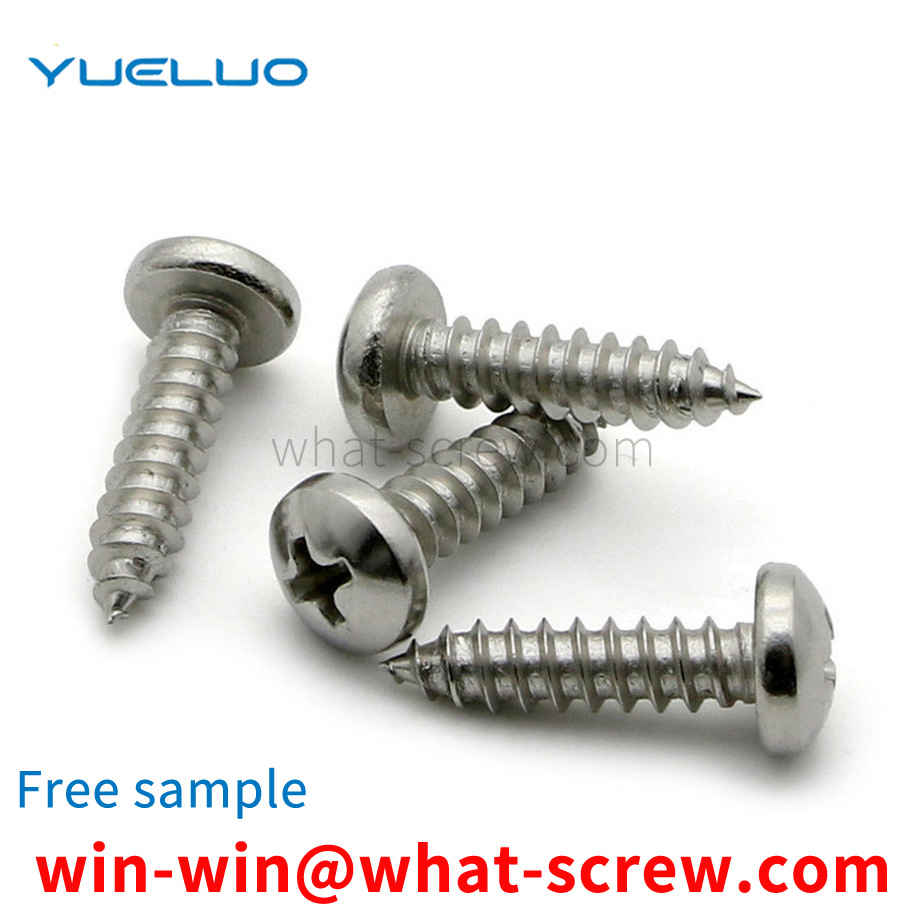
The purpose of Yueluo is to provide a screw with a plurality of threads continuously coiled in a helical shape formed on its shank; wherein the shank is provided with a protruding cutting portion at the front section with threads toward the tip, for the purpose of providing the screw. The front section is screwed into the object to successfully complete the stage of cutting and rapid chip removal, and the rod part is provided with a concave cutting part at the rear section with threads toward the head, for the rear section of the rod to be introduced into the object. , so that the work of the stage of cutting and collecting chips can be successfully completed; so that the screw can achieve multiple functions such as labor-saving cutting, smooth and rapid chip removal and chip collection during the locking process.

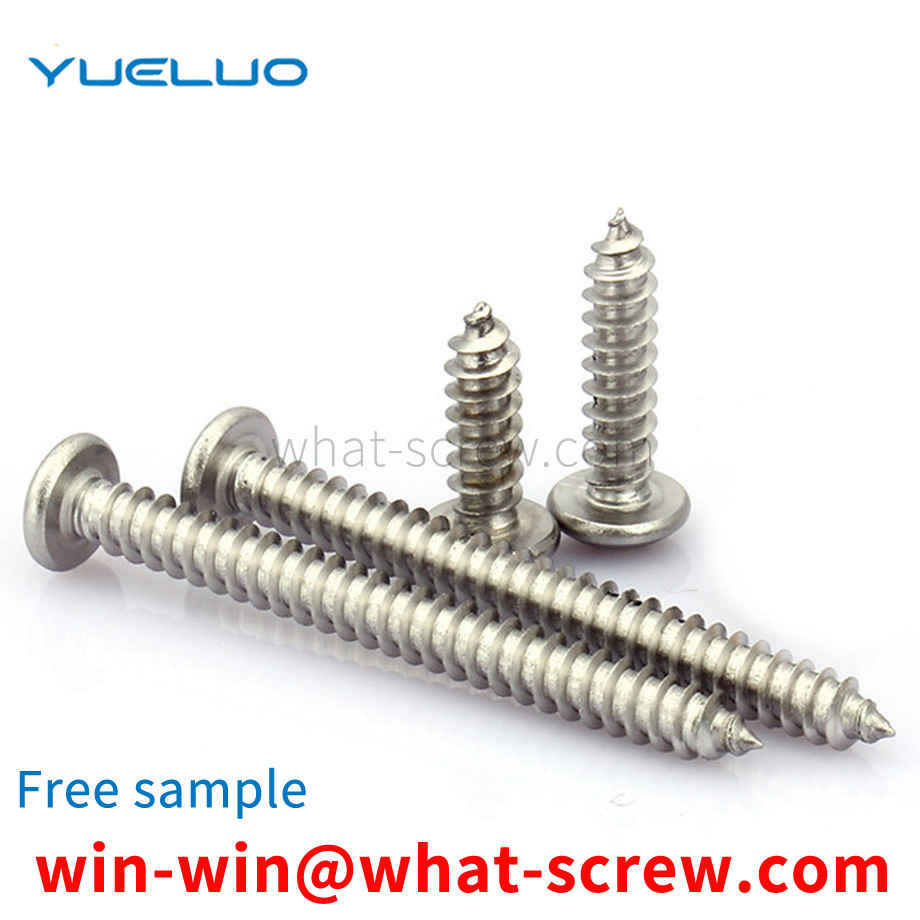
Stainless steel screws do not necessarily corrode and rust, but that stainless steel screws have a stronger ability to withstand corrosion and rust than iron screws. But stainless steel screws can still rust under certain circumstances. So under what conditions are stainless steel screws prone to rust! What is the cause of rust? Stainless steel screws have better characteristics, strong corrosion resistance, high temperature resistance, and strong rust resistance. But it will rust in harsh environments. For example, stainless steel screws are exposed to the sun and the wind every day under very humid conditions. Over time, it will definitely rust a little. For example, in contact with some acid-base chemicals to cause chemical reactions. cause corrosion and rust. There are also bad stainless steel screws, such as stainless steel SUS201 screws used in seawater. Due to long-term immersion, SUS201 stainless steel screws themselves are not suitable for use in salty seawater. cause corrosion and rust. For the use of marine products, it is generally recommended to use stainless steel SUS316 screws, because 316 stainless steel screws have better performance such as corrosion resistance. From the above, it can be concluded that stainless steel screws will still corrode and rust under certain circumstances. Therefore, this requires the rational use of stainless steel screws. Use stainless steel screws of different materials in different situations. And in different occasions, when using stainless steel screws, special attention is also required, and some details need to be considered more. Try to control the corrosion and rust of stainless steel screws as much as possible.
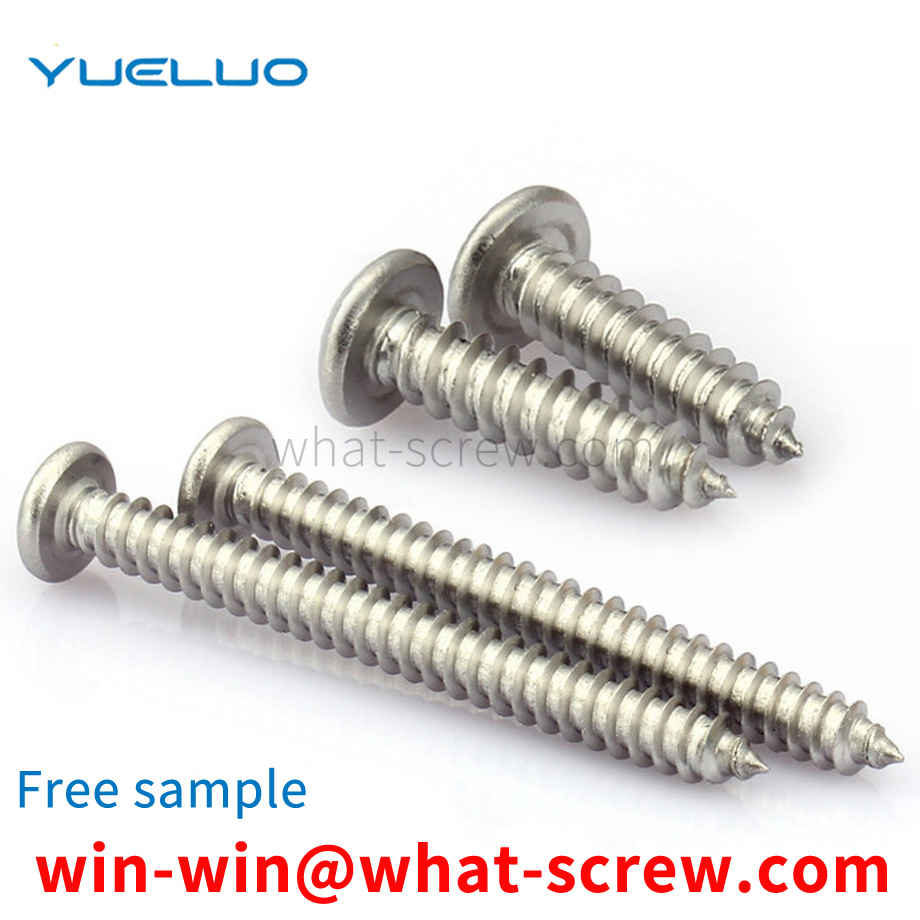
Stud bolts are manufactured in accordance with GB897-GB901 standards, the materials used are: Q235, 45#, 40Cr, 35CrMoA, Q345D, the specifications are: M3mm-M100mm, and the length can be customized according to user needs. High strength stud bolts, materials are 35#, 45#, 35CrMoA, 25Cr2MoV, 304, 316, 304L, 316L, 2H, 2HM, B7, B7M, B16, B8, 8, B8M, 8M, widely used in electric power, chemical industry , oil refining, valves, railways, bridges, steel structures, automobile and motorcycle accessories and other fields: generally used in mining machinery, bridges, automobiles, motorcycles, boiler steel structures, pendant towers, long-span steel structures and large buildings, etc. . Representation method of stud bolts: General stud bolts are expressed as: M12×100 GB 901-88 (standard) 35#/35# (material) 8.8 grade/8 grade (modulation grade) means: diameter = 12mm length = 100mm GB 901-88 adopts the national standard (of course, the industry standard can also be used as needed) stud bolt standard: GB 900-1988 Introduction to stud bolts Stud bolts save time and cost All stud bolt structures do not require drilling, Steps such as punching, threading, riveting, threading and finishing continue to expand the application potential of structural design, high current and small penetration. Therefore, welding to very thin sheets is possible. The workpiece for stud welding must be welded from one side. Can be soldered in all positions, with the help of extenders on vertical bulkheads that can be restricted. Since it is welded for a short time and there is little deformation after welding, no trimming is required. Because the welded structure does not require drilling, there is no leakage. The joint can achieve high strength, that is, the joint strength of stud welding is greater than the strength of the stud itself. How to install studs Good economy The advantage of other welding methods is the welding power. For mass-produced workpieces, standard studs are low cost. There are various types of equipment and welding torches, and the acquisition cost of equipment is relatively low. According to the product, it can be made into a multi-station automatic welding machine, or a high-precision gantry-type CNC automatic welding machine. Stud welding has high quality reproducibility and low rejection rate. However, in the application of stud welding, it should be noted that, like other fusion welding, there are certain restrictions on the carbon content in the steel. For structural steel studs, welding should be performed according to the recommended combination of stud material and base metal. There will be infusibility with the base metal. Combinations of stud material and base metal outside the recommended range shall be tested to determine the weldability and the product design requirements of the anchor bolt for the possibility of relevant inspection and evaluation.
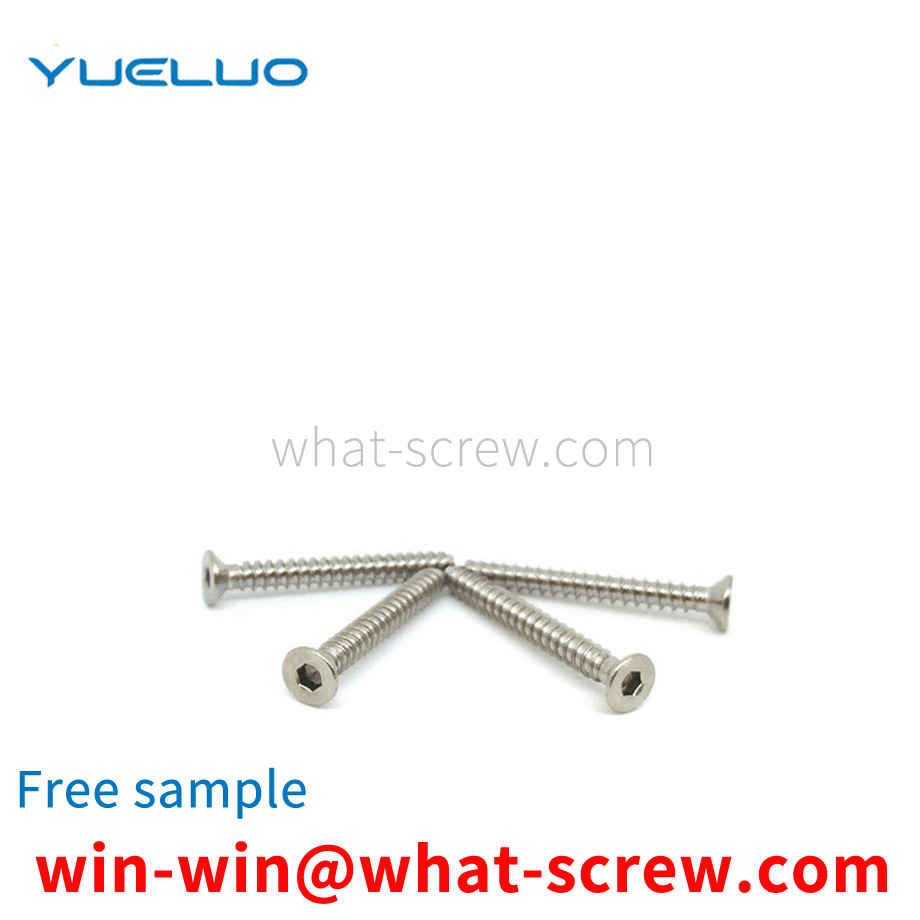
The above content is uploaded by Yueluo or the Internet. If there is any copyright issue, please contact [email protected].

What is the tolerance range of precision screws?

How to choose the right stainless steel screw manufacturer?

Why is there an R angle under the head of the hexagon head s...
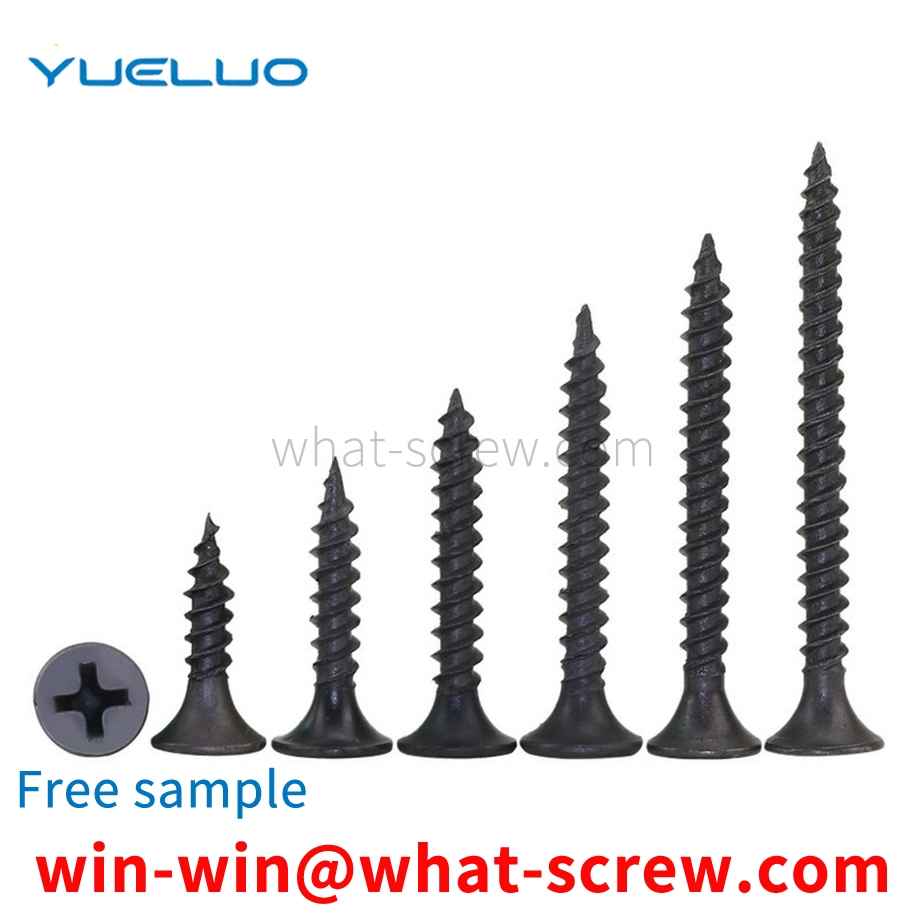
We have more than ten years of production experience in the ...
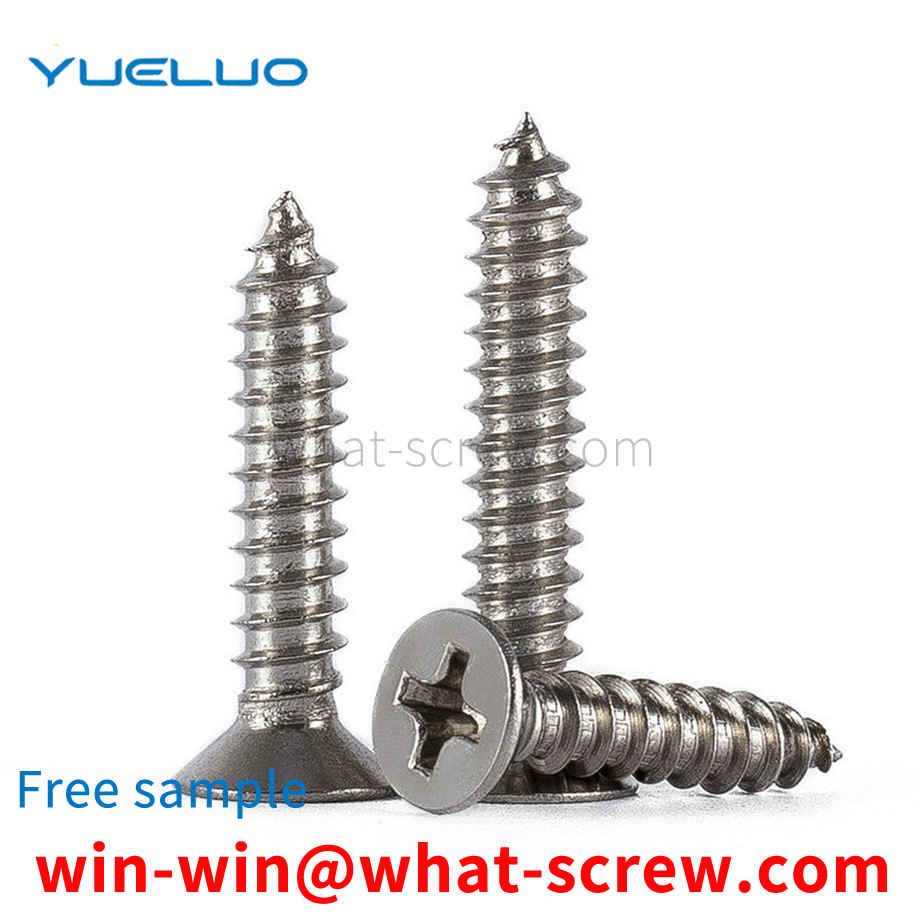
We have more than ten years of production experience in the ...

We have more than ten years of experience in screw industry ...

We have more than ten years of experience in screw industry ...